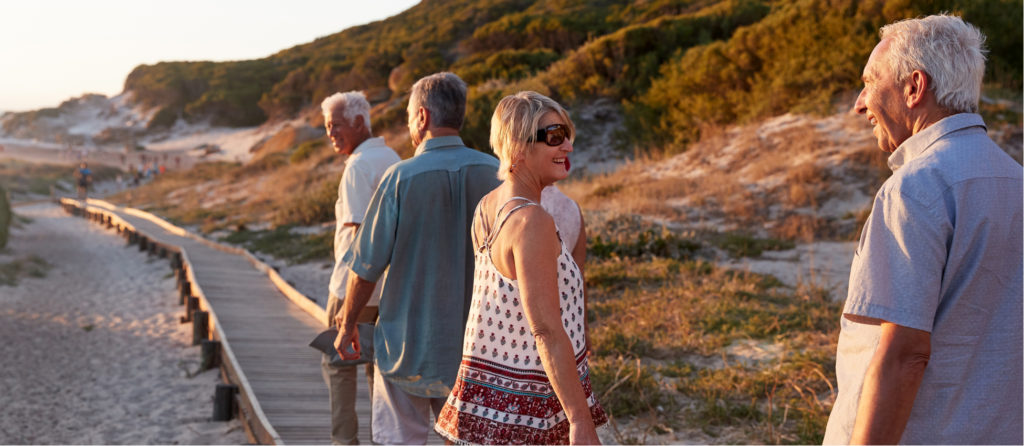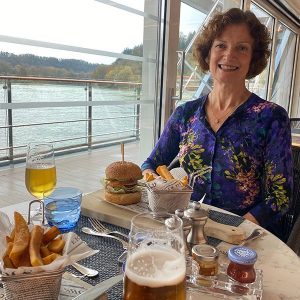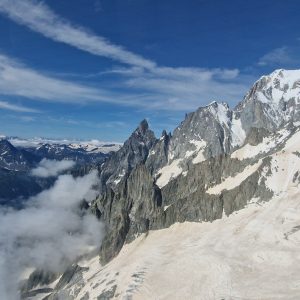Anna Selby meets the penguins
We are forty years on. Last year saw the anniversary of the short-lived Falklands War between the UK and Argentina. While the reason for the UK’s response – upholding the right of self-determination by the islanders who had decided they were most definitely British – was never really questioned, there were those who watched with amazement that anyone had bothered invading in the first place. Weren’t these islands a long way from anywhere with no natural resources to speak of? Weren’t they, too, windswept, barren and barely populated at all?
Discovering the islands
It turns out, though, that there is a lot more to the Falkland Islands than such an appraisal would suggest. I discovered them on a cruise with Fred. Olsen that, before reaching Las Islas Malvinas (as the Argentinians call them), took in a great deal of South America as well as Antarctica (my two previous articles from this long cruise included the Panama Canal and the Chilean Fjords).
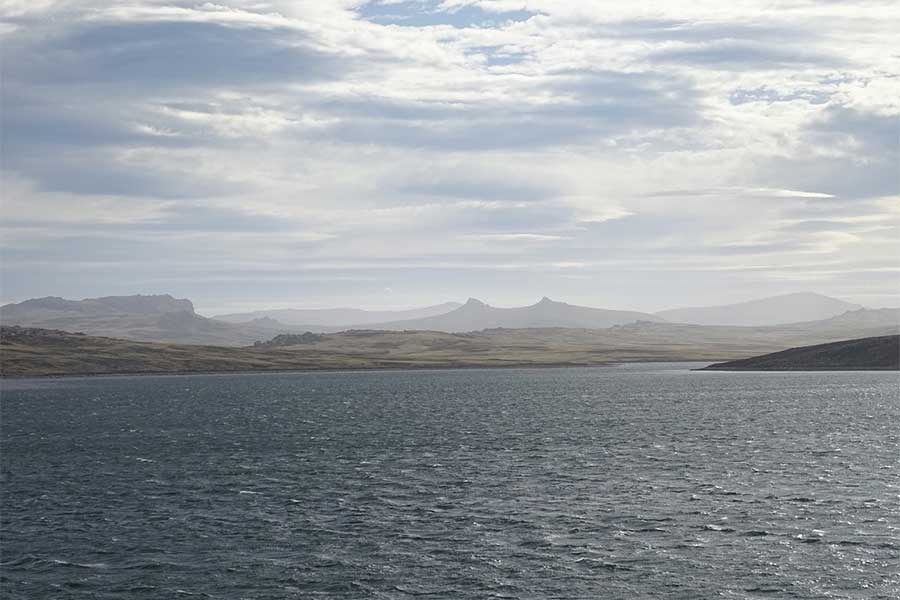
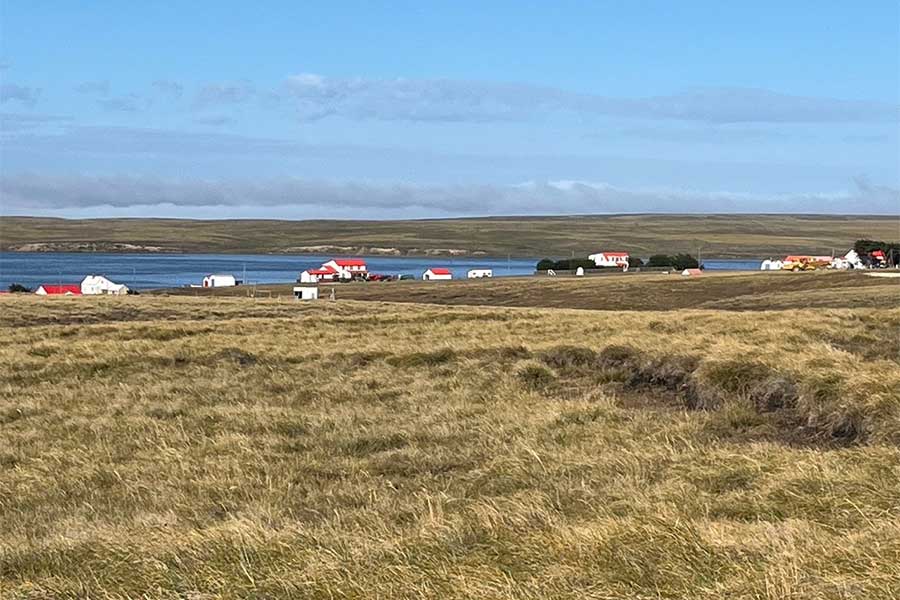
To be fair, though, they are under populated. Even now – and during the last decade there has been quite a population boost – the population density is just one person per square mile. It’s a place where man is overwhelmingly outnumbered by sheep. If you compare that to Scotland (and many people do see strong similarities in the two landscapes), Scottish population density is over 170 per square mile. So, yes, it really is empty and if it’s wild natural beauty that appeals to you – the Falklands will certainly float your boat.
The islands cover around 4,600 square miles – certainly much bigger than I’d realised and, to continue with the Scottish analogy, making them about one sixth the size of that country. There are two main islands with over 700 smaller ones and, being out in the South Atlantic, they are indeed windswept and there is a rare wild beauty in these treeless hills, rocks and peatland where wild strawberries grow.
Penguins everywhere

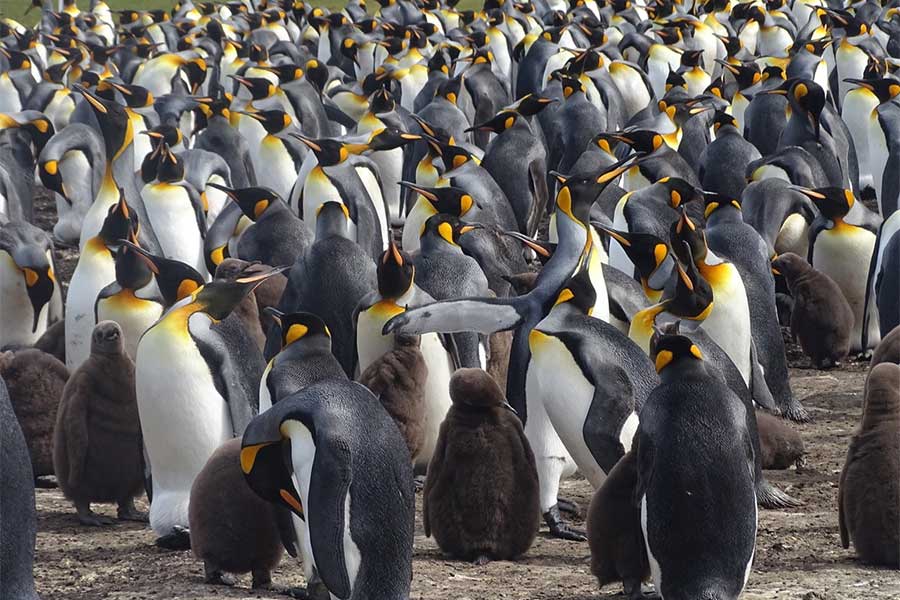

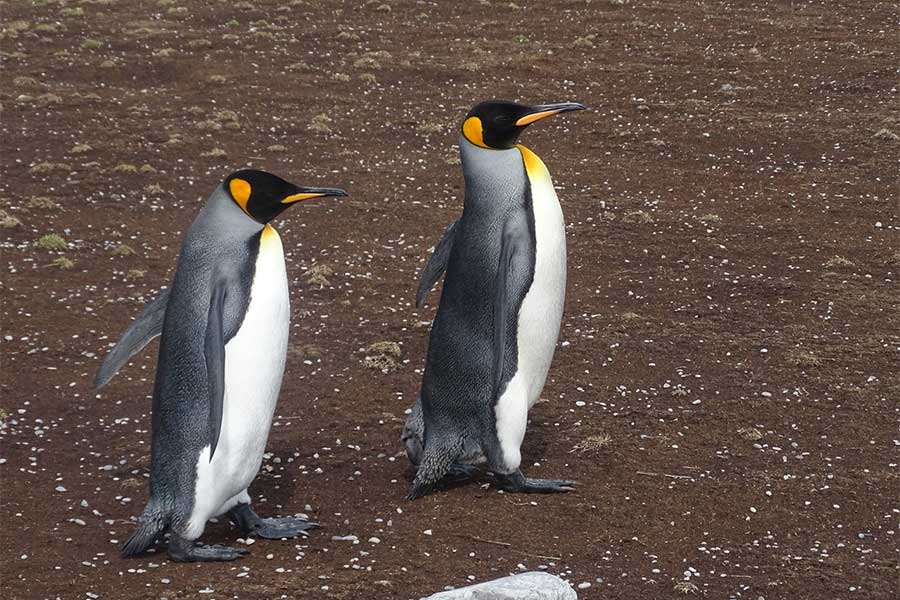
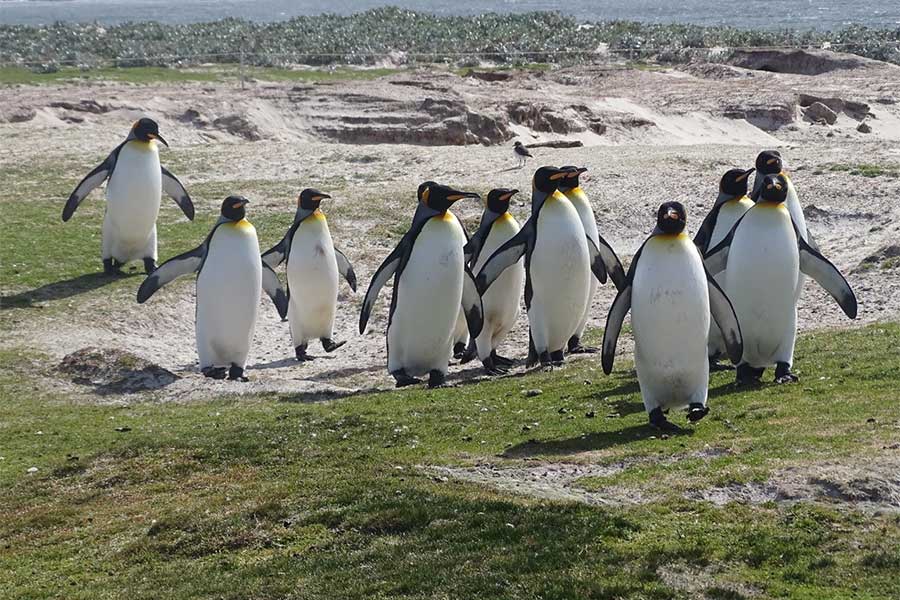
There is so much water – sounds and inlets, beaches where seals bask and whales and dolphins regularly pass by. Unsurprisingly, it’s a phenomenal place for wildlife, most famously, of course, for penguins. They have all kinds here – rockhopper, the hilarious macaroni – and, out at Volunteers Point, I came upon hundreds of King Penguins, sitting on their eggs or feeding their young. They are quietly confident that this is their territory and will walk past you on their way to the sea, nonchalance personified. There were the smaller Gentoos in family groups on the beach. And two adult Magellanic penguins with their chick sunbathing just outside their burrow – and yes, they really do live beneath the sand dunes.
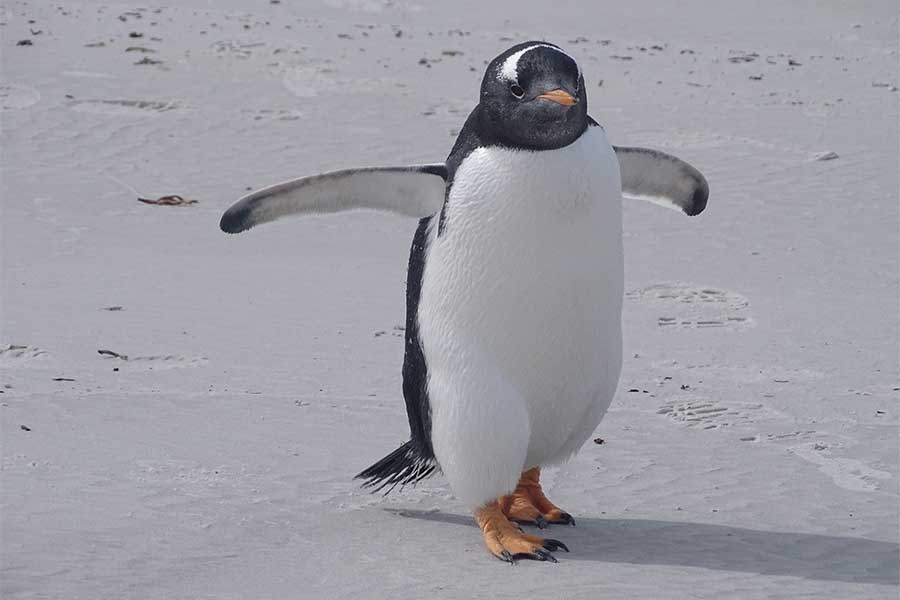
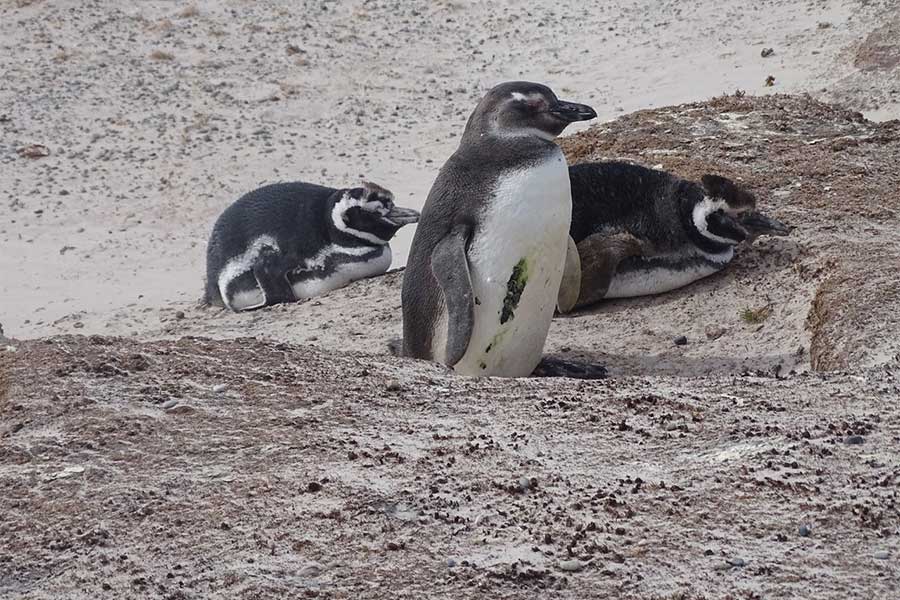
Getting to Volunteers Point is an experience in itself and involves a long drive, mostly off-road in a very bouncy Landrover. As we were rescuing another Landrover stuck in the bog, my driver Sean explained that you learned to read the land out here and find the safe routes. The trick was to learn to drive off road, as he had, from the age of eight.
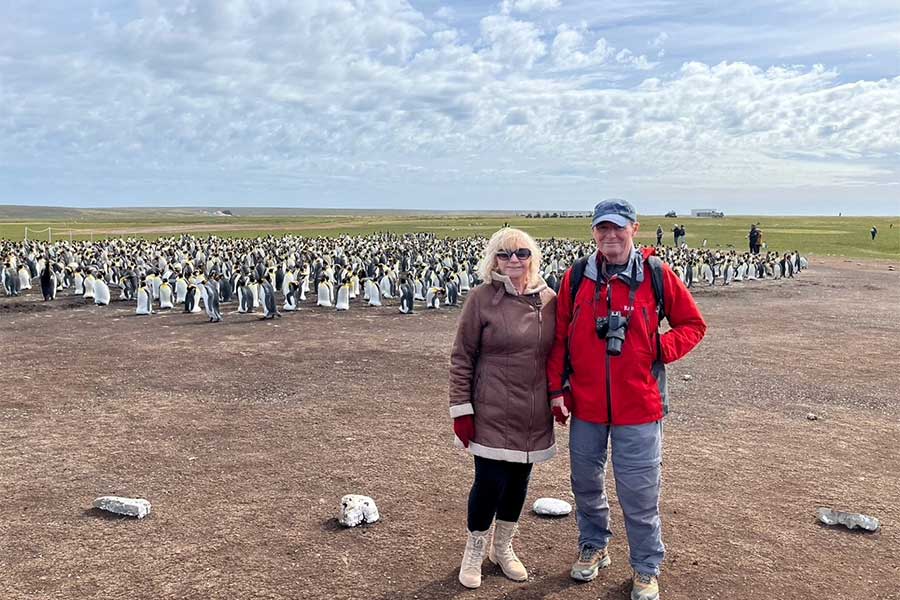
Memories of 1982
There are still many reminders of that short-lived war. The very Britishness of the place, albeit a slightly antiquated version, is inescapable: the inevitable red phone and postboxes; street names like Silver Jubilee Drive; there’s even a bust of Maggie next to the war memorial. Then there are the signposts for Goose Green and I pass Estancia Farm (the base for hundreds of British troops) and helicopter wreckage still lying in the fields. As far as the local population are concerned, they’re Brits. In fact, in a poll in 2013, 99.8% of them voted to remain British.
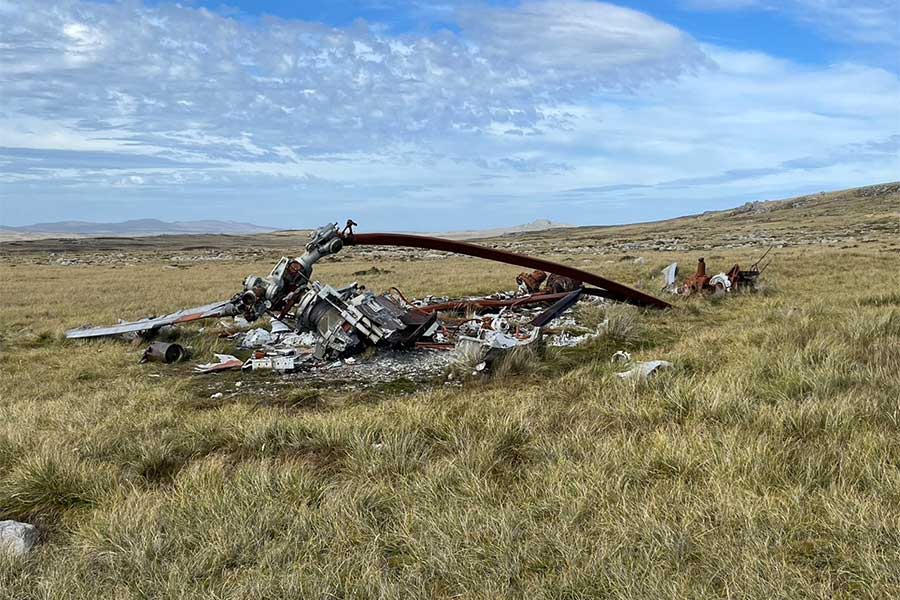
While I spent my time there on the wildlife trail, there were many of my fellow passengers who wanted to visit the sites of the conflict and the numerous memorials. Indeed, lots of them had family members who had been involved in the Falklands War. Everyone on board, though, knew a great deal more about the conflict than they did when they first embarked. This was because – and this was a real coup on the part of Fred. Olsen – Simon Weston, the war’s best known survivor, was on board as a speaker. And, when I say everyone on board knew more, that really was the case. For the first time ever in my experience of cruises, he had to give each lecture twice so that all the passengers got the chance to hear them.
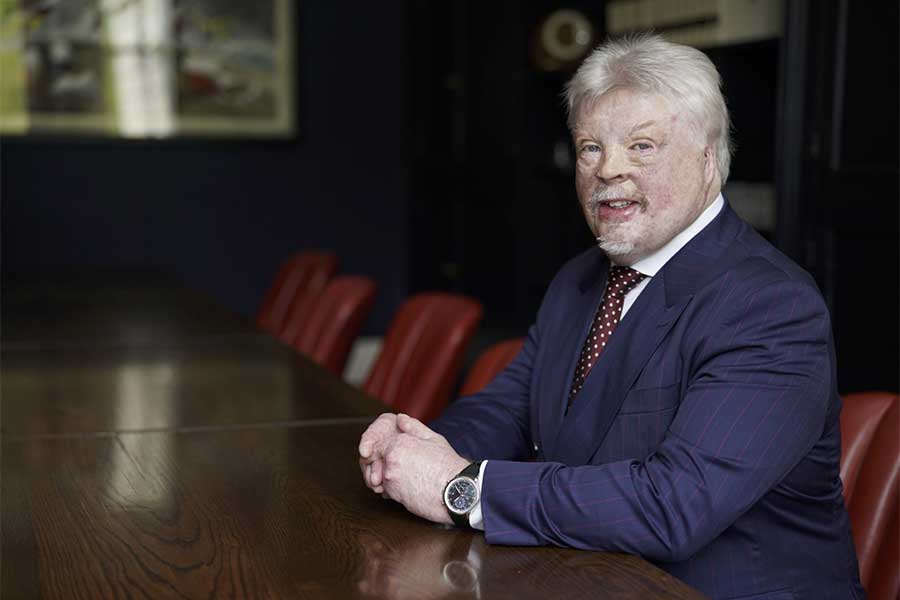
To say that Weston is an engaging speaker is putting it very mildly. He is funny, self-effacing and has an extraordinary story to tell. And, for someone who suffered such severe burns that he was not expected to survive, followed by 10 years of operations (some 98 of them), his lack of bitterness is striking. Indeed, the opportunities that have come his way – as a speaker and his charity work – still amaze him. “Who’d have thought when I was growing up in the valleys that one day I’d dine with royalty or Shirley Bassey would kiss me on the lips?”
Simon Weston himself spent the day quietly in the place where his life changed forever, visiting the war memorials and the tree planted for his fallen friend Yorkie. Later that evening, on board, there was a service of remembrance outside on the deck. It was a fittingly sombre moment and the Last Post played as we left the Falkland waters.
Find out more
Visit Fred. Olsen Cruise Lines and call our Silver Travel Advisors on 0800 412 5678 to get further information and book your cruise.
